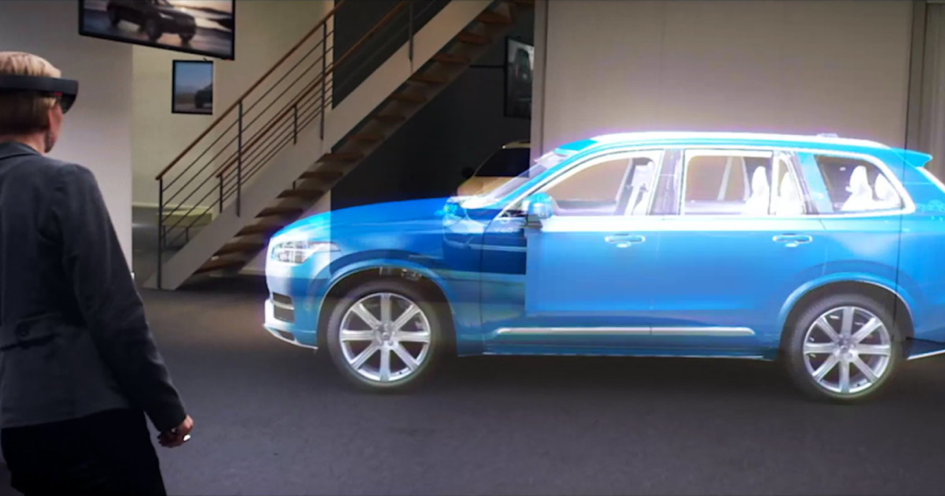Training and learning in the year 2020 will take advantage of new and innovative technologies that are currently under development, such as Augmented Reality, Virtual Reality, Mixed Reality and Interactive Video. Changes in the workforce and in the nature of work itself call for these new, more “consumer oriented” learning experiences. More than 90% of learners prefer bite-sized learning that is focused and actionable. Research has shown that most workers will not watch a video if it’s longer than four minutes or for that matter view the second page of search results. The workforce nowadays consists of visually sophisticated consumers who expect on-demand content anywhere, anyplace that is focused and actionable.
At the same time the workforce and work are changing. There are fewer young people than before and there are five generations in the workforce. When this combines with the technical advances in production it presents a constant need for upgrading skills and capabilities. These developments are leading to a job skills gap that both learning and training institutions need to address. One growing trend in this landscape is the need for actionable knowledge.
Another growing trend in North America is the of use apprenticeship programs that pay the workers while they are being trained and offer full time employment upon completion. In Germany and Switzerland this is common practice especially in the manufacturing industry and schools and training institutions are participating. For example, German companies with offices in the US and Canada, such as Siemens, are now offering both regular vocational education to new employees as well as dedicated apprentice type training. With new technologies it is now possible to advance concepts such as virtual apprenticeships to optimise onboarding and technical change in the work place.
Innovative and immersive digital learning experiences offered with technologies such as Augmented Reality, Virtual Reality, Mixed Reality and Interactive Video can be used to drive these initiatives that are very important for the economic development in Europe and North America. Especially for adult learners, who are less textually oriented, this can be an excellent solution which will lead to better learning and training results.
One of the main challenges will be to track all of these immersive learning activities once they become common practice, which will be sooner than later driven by the “consumerization” and the “internet of things”. Another example of this is the incorporation of Tin Can Experience API which allows for tracking learning experiences on any device in the real world, virtual word and the mixed world. This includes taking advantage of Holographics, Interactive Video and Virtual Reality devices.

